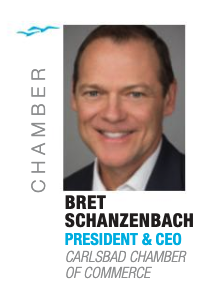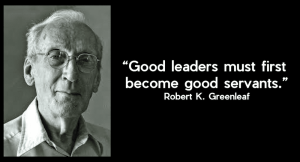The value of servant leadership in today’s business climate
In today’s whirlwind of metrics, deadlines, and shifting markets, it’s easy to get swept up in top-down decision-making and efficiency-at-all-costs leadership models. But increasingly, companies—especially those rooted in community and connection—are turning to a very different kind of leadership: one grounded in service.
Servant leadership isn’t new. The term was coined by Robert Greenleaf back in the 1970s, but its roots go much deeper—woven into cultures and philosophies that prioritize listening, empathy, and stewardship. At its core, servant leadership flips the traditional power structure. Instead of asking, “How can my team serve me?” It begins with, “How can I serve my team?”
And that shift? It matters now more than ever.
We’re living through a time of profound workplace reevaluation. Employees aren’t just looking for a paycheck—they’re seeking meaning, belonging, and leadership they can trust. In an era defined by burnout, quiet quitting, and calls for more equitable workplaces, servant leadership doesn’t just feel good; it works.
When leaders prioritize their team’s well-being, development, and voice, something remarkable happens: people show up differently. Morale improves. Innovation picks up. Collaboration deepens. Why? Because people are more willing to take risks and speak up when they know their leaders are in their corner.
This approach also builds trust—not just inside the company, but outside it, too. Customers and community members can sense when an organization is led by values rather than ego. A servant leader isn’t chasing applause; they’re building legacy. They’re more interested in creating long-term value than in short-term wins.
Local businesses and nonprofits are uniquely positioned to embody this style of leadership. Unlike massive corporations driven by shareholder returns, many community-based organizations have missions that already prioritize service. By embracing servant leadership, they don’t just lead better—they live out their values more fully.
We see it in the local CEO who makes time to mentor young staff. In the nonprofit director who steps into the trenches during a food drive. In the small business owner who checks in on their team’s mental health as often as their sales goals. These aren’t grand gestures—they’re consistent ones. And they add up.
The truth is, leadership isn’t about being the loudest in the room. It’s about being the most present. In today’s business climate, where change is constant and trust is currency, the leaders who serve are the ones who lead the way forward.
Because when you invest in people, they invest right back. And while I don’t personally know all 50 of our leaders featured in this issue, most of the ones I do know share this perspective. We are happy to honor them for the differences they make in their company or organization and in our community.
